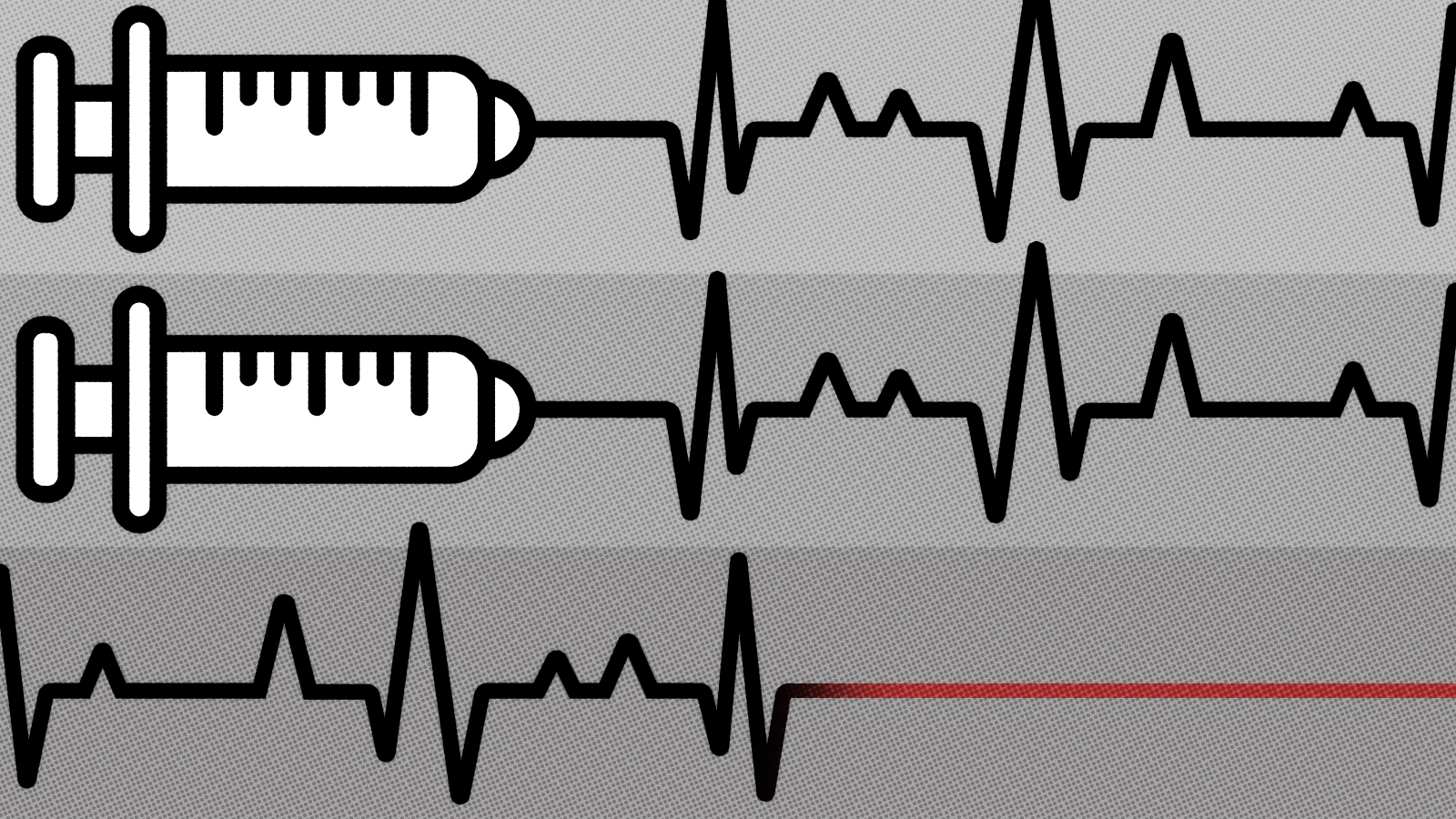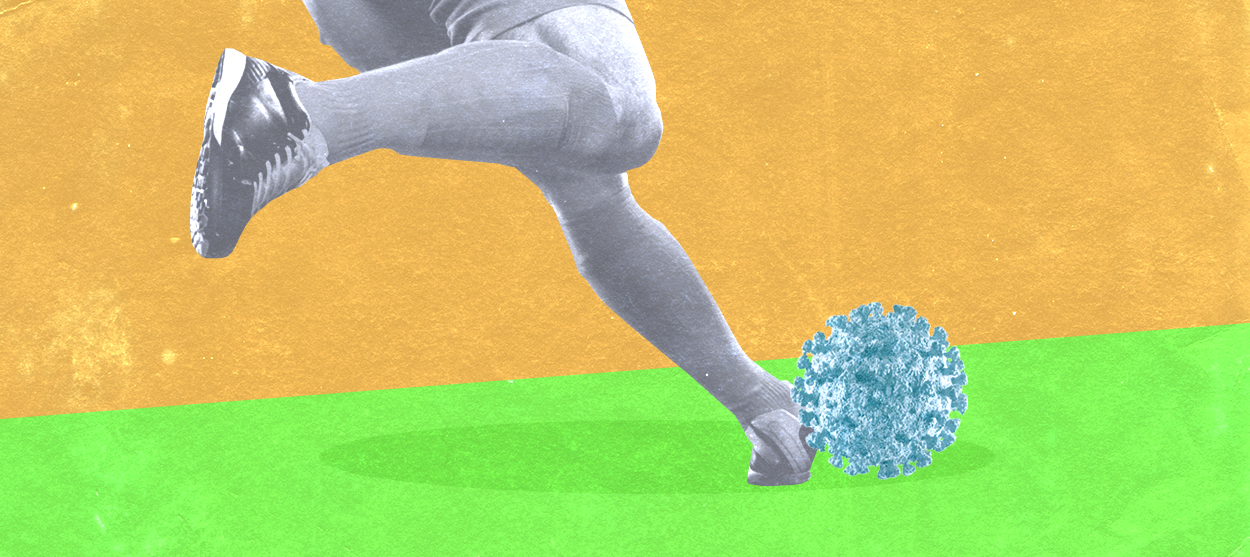A drop in obesity: the skinny on those new statistics


Why are some kids getting fatter, more slowly?
That, in essence, is the question raised by the latest tranche of statistics on obesity. The headline: The rate of increase in childhood obesity slowed by 43 percent over the past decade in the U.S., with declines all across the aboard, although less so among poorer, at-risk families. Researchers at the CDC found that just 8 percent of 2- to 5-year olds surveyed met the clinical definition for obesity, compared to an average of 14 percent in previous studies.
Overall, the number of adults and children who qualified as obese in the study was about the same. But the finding for kids is heartening because it means that, at least if this study is correct, obesity is not an overdetermined social problem, or one that is immune to attack and amelioration. Still, here is the actual conclusion of the study: "Overall, there have been no significant changes in obesity prevalence in youth or adults between 2003-2004 and 2011-2012. Obesity prevalence remains high and thus it is important to continue surveillance."
The Week
Escape your echo chamber. Get the facts behind the news, plus analysis from multiple perspectives.

Sign up for The Week's Free Newsletters
From our morning news briefing to a weekly Good News Newsletter, get the best of The Week delivered directly to your inbox.
From our morning news briefing to a weekly Good News Newsletter, get the best of The Week delivered directly to your inbox.
That's the bad news.
The class gap remains. And I suspect that, as more data is released, what you'll find is that families with better access to the health infrastructure and to health capital in general are able to use those resources to make better, more informed choices about what to eat. That's why aggressive interventions, even those that offend the libertarian sensibilities of some people, might be warranted. If the ability to fight obesity correlates with socioeconomic status, and if obesity is something that's worth fighting against, then we ought to use the resources we've collectively marshaled to fight obesity on interventions that will cause the most improvement to the populations most at risk. In truth, replacing logos is a very limited lesion to the free market, and something that I'm sure the makers of food products will have agreed to prophylactically.
In general, the recession has reduced the disposable income available to populations with the highest rates of obesity. Food, especially fast food, remains cheap. But food prices increased rather dramatically in 2007 and 2008, then plunged dramatically as the global recession hit, and is now back up to between 2.5 percent and 3.5 percent a year, still higher than the average increase from 1991-2006. The lowest quintile of U.S. households spend on average about 11 percent of their total family earnings on food; for the wealthiest quintile, the figure is about 6 percent. So poorer families may have had less money available to buy food, according to the Congressional Research Service.
For households with low disposable income levels where food expenditures are a large share of the budget, rising food prices result in diminished purchasing power and may force difficult budgetary tradeoffs. To help food-deficient households during periods of rising prices, many domestic food assistance programs are linked to price inflation through escalation clauses, in order to retain consumer purchasing power during periods of rising food prices. However, even for households with escalation clauses, a time lag usually occurs between the time the price inflation is measured and the time when the wage or program benefit is adjusted upward to compensate.
A free daily email with the biggest news stories of the day – and the best features from TheWeek.com
A decrease in the growth rate of obesity among 2- to 5-year-olds is very good news because, by 5, a predisposition to obesity seems to be set. This means that, before most kids experience the ability to choose what foods they eat, something (genetics, environment, hormones, stress) has already determined they'll be obese. Still, virtually all of the way that older kids interact with food is changing. Television advertising is changing. Public school cafeteria food is changing. Attitudes and awareness are changing. Restaurant experiences are changing. Science is changing. The study today suggests that the changes, collectively, are having no net effect just yet.
Marc Ambinder is TheWeek.com's editor-at-large. He is the author, with D.B. Grady, of The Command and Deep State: Inside the Government Secrecy Industry. Marc is also a contributing editor for The Atlantic and GQ. Formerly, he served as White House correspondent for National Journal, chief political consultant for CBS News, and politics editor at The Atlantic. Marc is a 2001 graduate of Harvard. He is married to Michael Park, a corporate strategy consultant, and lives in Los Angeles.
-
 ‘Let 2026 be a year of reckoning’
‘Let 2026 be a year of reckoning’Instant Opinion Opinion, comment and editorials of the day
-
 Why is Iran facing its biggest protests in years?
Why is Iran facing its biggest protests in years?TODAY’S BIG QUESTION Iranians are taking to the streets as a growing movement of civic unrest threatens a fragile stability
-
 How prediction markets have spread to politics
How prediction markets have spread to politicsThe explainer Everything’s a gamble
-
 Do unvaccinated COVID patients deserve scarce care? A doctor weighs in.
Do unvaccinated COVID patients deserve scarce care? A doctor weighs in.The Explainer Justice, judgment, and the last ICU bed
-
 How to vaccinate the anti-vaxxers
How to vaccinate the anti-vaxxersThe Explainer Instead of blaming people for not doing the right thing, let's focus on eliminating the obstacles to vaccination that still remain
-
 The U.S. could double its COVID-19 vaccine availability overnight. What's the holdup?
The U.S. could double its COVID-19 vaccine availability overnight. What's the holdup?The Explainer How the FDA could approve a more efficient vaccine rollout
-
 The October Surprise nobody wanted
The October Surprise nobody wantedThe Explainer Trump has COVID-19. Really, 2020?
-
 Life is worth living
Life is worth livingThe Explainer What's driving America's rising suicide rate?
-
 Social workers are masters at de-escalation. Here's what the police can learn from them.
Social workers are masters at de-escalation. Here's what the police can learn from them.The Explainer Knowing how to peacefully resolve conflict, rather than exacerbate it, can save lives
-
 Settling in for the long pandemic
Settling in for the long pandemicThe Explainer Life won't be back to "normal" anytime soon
-
 Sports reveal how much America is trailing the rest of the world
Sports reveal how much America is trailing the rest of the worldThe Explainer MLS and other American leagues are stumbling through their pandemic restart plans
